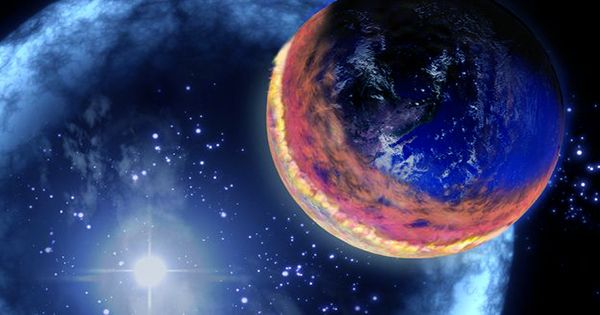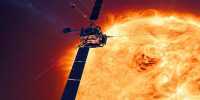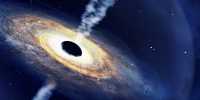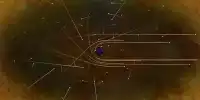The problem with studying supernovae is that you never know when they’re going to happen. As a result, although we see thousands of exploding stars when they are final and cool, important leadership remains a mystery until the main event.
Considering how important supernovae are for the development of the universe, including our existence, it is a big hole in our knowledge. Now, however, thanks to a stroke of luck, astronomers have seen a complete shock cooling curve, a lesser-known phase before the original fall supernovas. Huge stars go through a fall before they explode, followed by a rebound shock.
This generated two events, known as shock breakouts and shock cooling, which occurred in the days before the explosion, although Patrick Armstrong of the Australian National University told IFL Science that neither was present. A handful of shock breakouts have been observed in recent years, but very partial images of the shock cooling curve have been found. Now, however, Armstrong is the first author of a research paper in the Royal Astronomical Society’s monthly notice announcing detailed observations of the shock cooling curve before SN 2017jgh, a type IIb supernova that moved about a billion light-years away and whose light came to Earth four years ago.
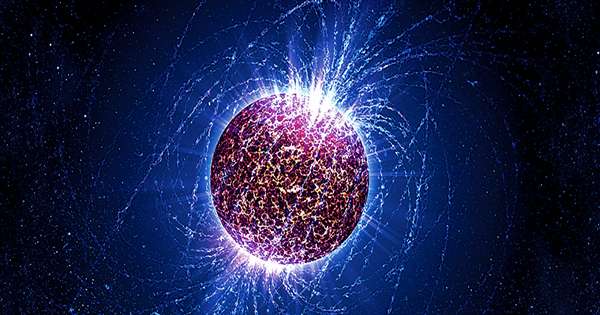
Fortunately, when it did, the Kepler Space Telescope was looking for a star in almost the same direction as SN 2017jgh’s parent galaxy. Regular experiments with star brightness also took Kepler’s field of view into the galaxy, allowing him to observe a shock cooling curve at 30-minute intervals. Kepler captured other supernovae in the background of the stars they were tracking. Most of the time, however, no one noticed until the fair when the data was later analyzed.
However, Armstrong told IFL Science that the end of Kepler’s life was “transient” or that there was an emphasis on sudden changes in brightness in his philosophy. Astronomers kept a close eye on Kepler’s discoveries, and larger ground-based telescopes experimented with something interesting.
The shock cooling process takes about three days, and now we have observed all of it from Kepler and the other half with other instruments. Armstrong said in a statement, “Until now, the data we had were incomplete and only included the fading of the shock cooling curve and subsequent explosions, but never a bright burst of light when the supernova started.”
